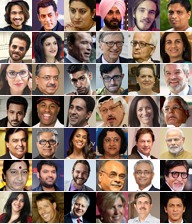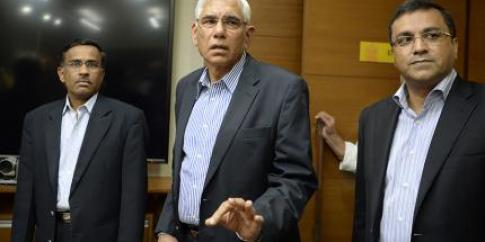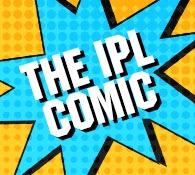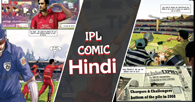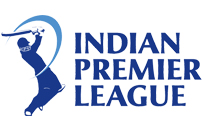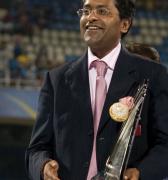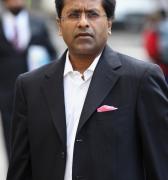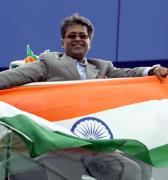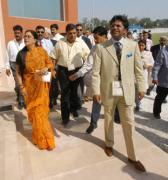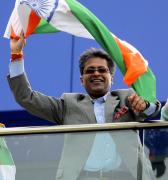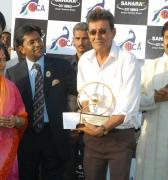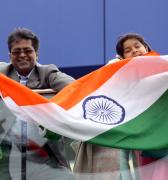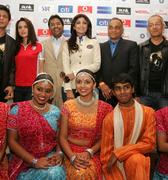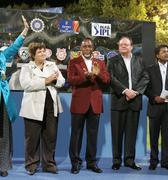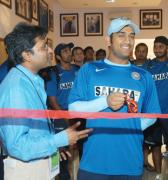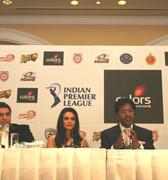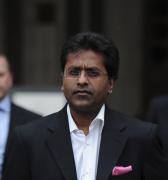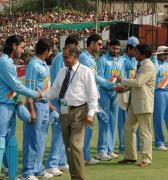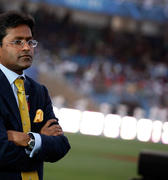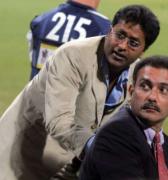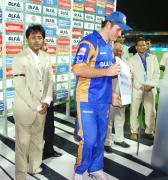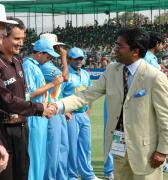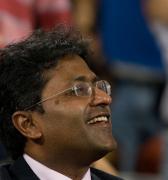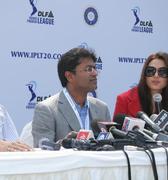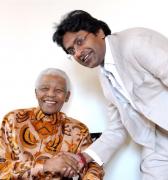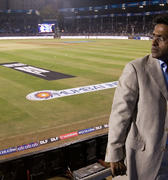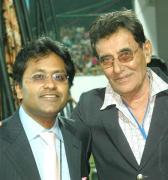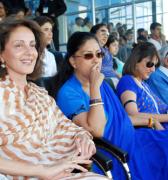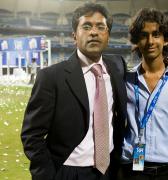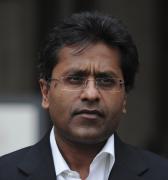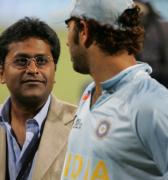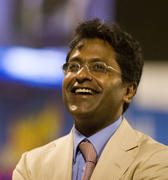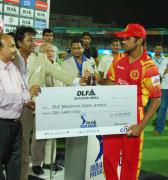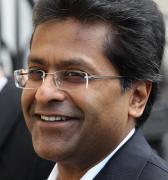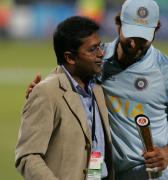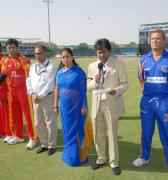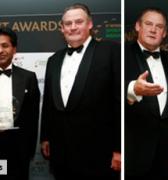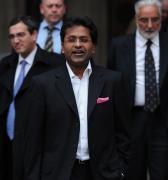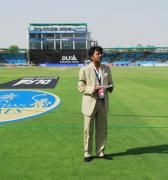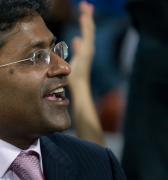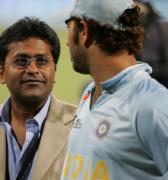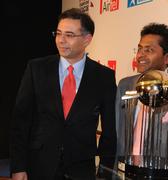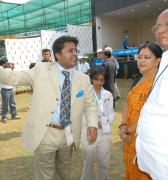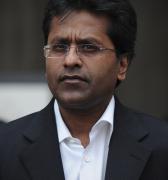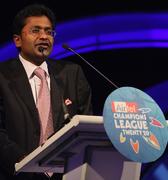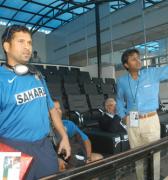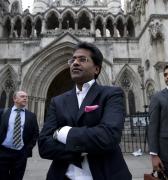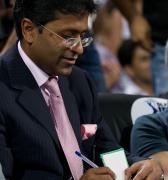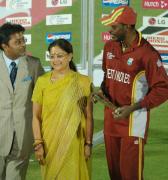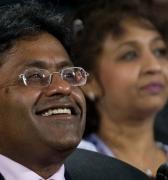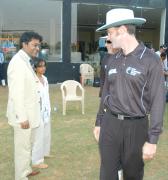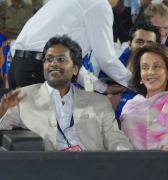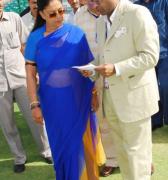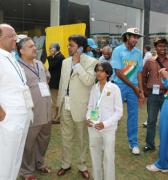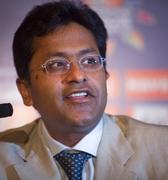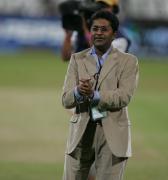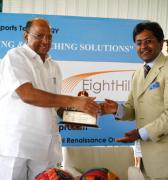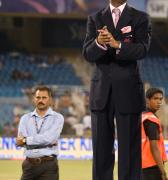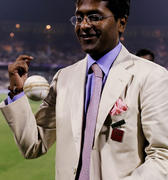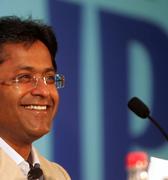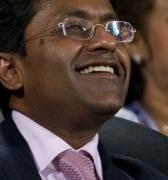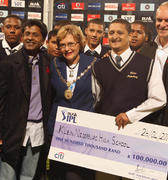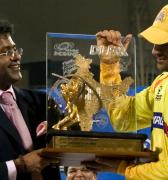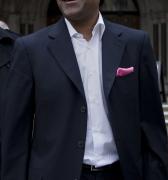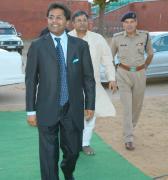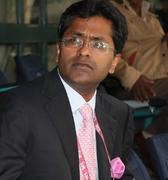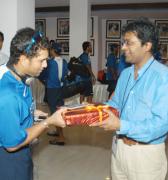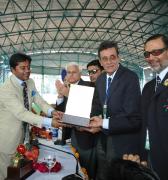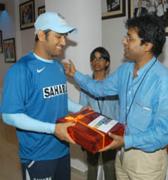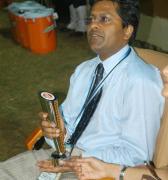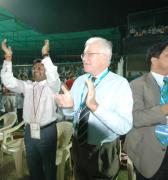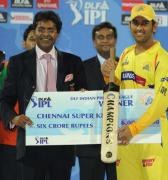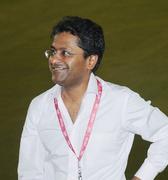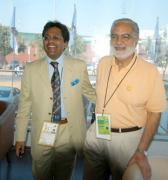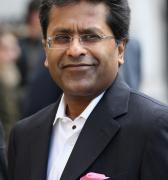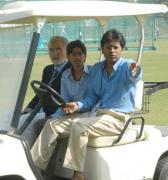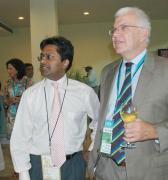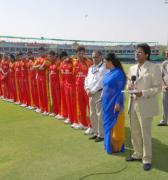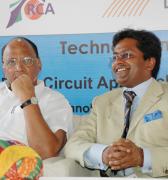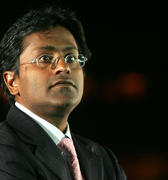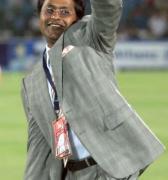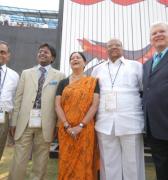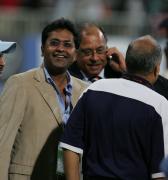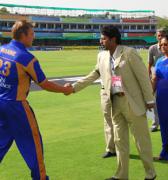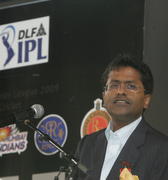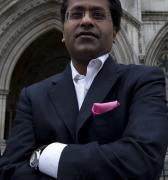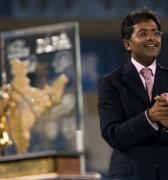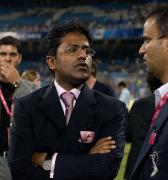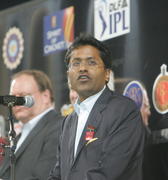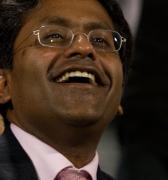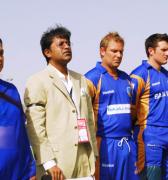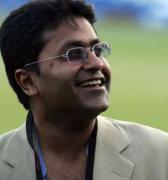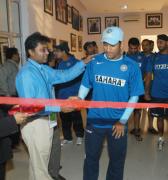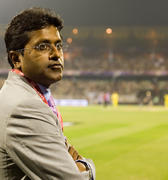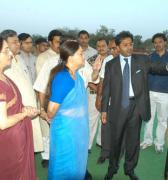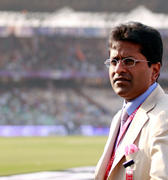Almost exactly a year ago - on February 19, 2016 - the BCCI held a special general body meeting (SGM) in Mumbai. The meeting was chaired by then BCCI president Shashank Manohar and in attendance were board secretary Anurag Thakur, former BCCI and ICC president Sharad Pawar, and other senior BCCI and state association offiicials. The most important point on the agenda was the amount of revenue the BCCI would earn from the ICC's commercial and broadcast rights deal for the 2015-2023 cycle.
In the Big Three model, the BCCI was set to earn about $571.25 million if the ICC secured a rights deal worth $2.5 billion. The BCCI, Cricket Australia and ECB, constructors of this model, worked out the BCCI's share to be 20.3%, the highest of all members, in recognition of the BCCI's financial clout. The ECB and CA would also be due a bigger share than the others.
Manohar, who took over as BCCI president in November 2015, also replaced N Srinivasan as ICC chairman (the BCCI representative would be ICC chairman for the first two years under the Big-Three governance structure revamp). And almost his first pronouncement as ICC chief was to criticise the Big-Three model, especially the financial inequality of its revenue distribution. He was said to have spoken of a 6% cut in the BCCI's share, according to a Bangladesh cricket official.
With Manohar as the chair, the ICC set up a five-man working group to review the Big-Three governance structure and recommend a new model after consultation with all Full Members and the major Associates.
According to an official who was present at that SGM last February, the BCCI members agreed that the percentage of the BCCI's share could be scaled down to 16-17%. Manohar and Thakur were authorised by the BCCI to negotiate this at ICC meetings. "But it was clearly decided that they would report back to the BCCI before any final decision was taken," the official said.
A year on, with the ICC's working group's report ready and containing recommendations for a new financial model and governance structures, leave alone the final decision - the BCCI currently does not even know who exactly will represent it at the important Finance & Commercial Affairs (F&CA) meeting on Friday and the ICC Board meeting on Saturday.
On Monday, the Supreme Court of India had appointed a four-member committee of administrators to run the BCCI till fresh elections can take place, having already removed Thakur as BCCI president and Ajay Shirke as the board secretary on January 2.
The court then approved two BCCI office bearers, treasurer Anirudh Chaudhry and joint-secretary Amitabh Choudhury to accompany Vikarm Limaye, who sits on the court-appointed committee of adminstrators, to attend the ICC meetings, which began in Dubai today.
On Tuesday, however, confusion began as the committee of administrators, in its first meeting, tasked Rahul Johri, the board CEO, with attending the ICC's Chief Executive Committee's (CEC) meeting and Limaye to do likewise at the F&CA and Board meetings. This was communicated by the BCCI to the ICC.
The following day, the Tamil Nadu Cricket Association - Srinivasan's home base - went to court to intervene against the choice of representatives made by the committee of administrators. The court said the three men it had approved on Monday enjoyed "equal status" and should travel to Dubai.
On Thursday, as the two-day CEC meetings began, Choudhury attended as the BCCI representative. Johri travelled to Dubai, but it is understood he was not in the meeting, as only one person can represent a member board.
There is no clarity yet on who will represent the BCCI at the F&CA and Board meetings. The ICC constitution states that a Full Member may send one representative, not three. But an observer from the member board is allowed to sit in on the meeting, although he can have no say in the meeting itself. Ultimately, how many attend from the BCCI will be decided by senior ICC management, including Manohar.
The committee of administrators believes Limaye will attend and that if the ICC insists on just one or at best, two, out of the court-approved three, then Limaye will have to authority to decide on who attends the meetings.
Despite having been forced out of office in 2015 as BCCI president and then as TNCA president, Srinivasan continues to cast a shadow over the BCCI. On Tuesday, it has emerged, Choudhury forwarded the minutes of the first meeting of committee of administrators to him.
That meeting was attended by Vinod Rai (chairman) along with Limaye and former India women's captain Diana Edulji. Johri and Chaudhry were present and briefed the panel on various matters including the ICC meetings.
Chaudhry sent the minutes to Choudhury, who then forwarded them to the TNCA treasurer. It is understood both the Lodha Committee and the committee of administrators are aware of this. Srinivasan, through his supporters within the BCCI, has been an objector to Manohar's Big-Three rollback measures. Chaudhry is said to be the solitary voice who opposed Manohar during last February's SGM, arguing that the BCCI would suffer a massive loss from a repeal of the Big-Three model.
Regardless of who participates in the F&CA and Board meetings, the committee of administrators has made it clear no decision can be taken by the representative(s). "It is an unusual situation and we are waiting to hear back from ICC how many can attend," one of the committee of administrators told ESPNcricinfo. He would only say that the main aim of the representative(s) will be to "appropriately" deal with the matters.
Courtesy: ESPNCricinfo




